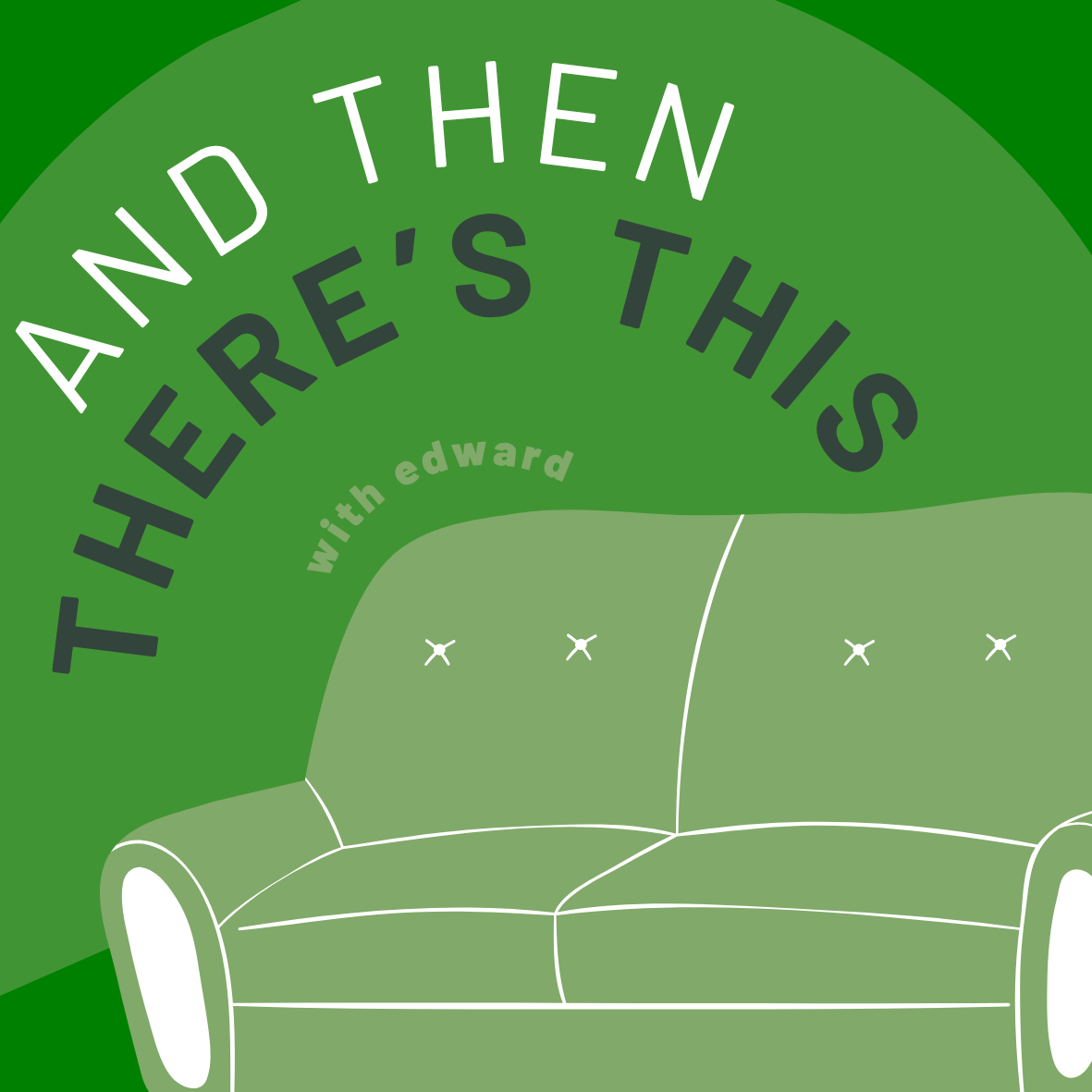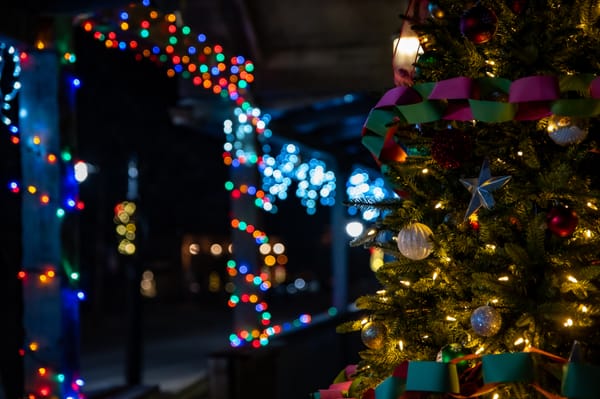And Then There's This... English Majors Unchained, or, An Evening of Edflix

There are those who rely on streaming services for their home entertainment. But not me. Instead of streaming, I opt for stream-of-consciousness, of letting my mind wander unhurried along the infinite paths my memory opens up. You can have your Netflix. I'm going with Edflix.
Take the other day. I was foraging through my email when the headline on a news item catapulted me into a memory maze. It said, “Sara Evans & Marcus Hummon Release New Single, 'I Taste a Liquor Never Brewed.'” Having served time as an English major and lit teacher, I recognized the song title as being the first line of one of Emily Dickinson's most celebrated poems. With her jeweler's eye for detail and childlike sense of wonder, Dickinson has long been my favorite poet. Moreover, "The Belle of Amherst," the William Luce play depicting her life, was an inspiration for my own one-actor play, "The Passion of Ethel Rosenberg." Already I'm drifting downstream.
Then I remembered that this wasn't the first time a Dickinson poem had found its way into a country song. In 1989, Moe Bandy, who was better known as a honky tonker than a culture vulture, released the song “Many Mansions,” the first line of which is “Hope is the thing with feathers that perches on the soul.” That's Emily again. And not surprising given the fact that one of the song's three writers was Alice Randall, a Harvard humanities graduate. She would later plunge much deeper into literary indebtedness with her takeoff on "Gone With the Wind,” a bestselling novel she called "The Wind Done Gone."
In its formative years, most country music was written and performed by working class folk — farmers, miners, truck drivers, housewives — people with vivid imaginations but little formal education. Consequently, their frames of references tended to be limited to their own experiences. Their only literary allusions were to the Bible. But by the 1980s, college grads were commonplace in the Nashville music industry, and some of them began drawing not just on what they'd experienced but on what they'd read.
Foremost among these biblioprone composers was Bob McDill, a lit major from Lamar University. In his “Good Ole Boys Like Me” (made famous by Don Williams), McDill's opening line is, “When I was a kid Uncle Remus he put me to bed.” Uncle Remus was the fictional narrator of African American folktales created by writer Joel Chandler Harris. He was also the central character in the 1946 Disney film, "Song Of The South," which just happens to be the title of another McDill song, one in which he name checks "Gone With The Wind."
Elsewhere in “Good Ole Boys,” McDill gives us the much admired and much quoted line, “And those Williams boys they still mean a lot to me — Hank and Tennessee.” Then there's his “By the light of the radio by my bed/with Thomas Wolfe whispering in my head.” What we have here is a three-minute audit of a literary appreciation class.
McDill name drops again in “I'm Dancing As Fast As I Can” (recorded by Juice Newton and Gus Hardin.) The title is from Barbara Gordon's 1979 autobiography (later made into a movie by the same name) that recounts the author's struggles with Valium addiction. The woman in McDill's song seeks but fails to find emotional fulfillment in picking up men for overnight flings. And she has her approach down pat. “I said you've got Hemingway's eyes,” she tells a guy she's just met in a bar, “and that night I called him 'Papa'.”
In Michael Anderson's “Maybe It Was Memphis” (a hit for Pam Tillis) we have the lit bearing lines, “Read about you in a Faulkner novel/Met you once in a Williams play.”
Mary Chapin Carpenter, a Brown University alum, is too cool to name drop in “Halley Came to Jackson,” but her song is a faithful retelling of author Eudora Welty's account of how her father carried her to a window to witness the passage of Halley's Comet over Jackson, Mississippi in 1910.
I don't know if Alex Harvey (Murray State University) and Larry Collins, the writers of “Delta Dawn,” were familiar with William Faulkner's short story, “A Rose For Emily,” but the similarities between the two are striking. Both spotlight a once-beautiful southern belle who's driven crazy by a smooth talking scoundrel who promises to marry her and the Gothic fallout that occurs when he doesn't.
Well, I've been yakking and kayaking down this free-association stream about as far as it goes. But I do want to go back to the Emily Dickinson headwaters where it all started. As it turns out, Marcus Hummon (Williams College) has enlisted a variety of artists, including Evans, Mary Chapin Carpenter and Darrell Scott to record with him on an ambitious "Songs For Emily" album that's due out later this year. I can hardly wait to go mindsailing again.



